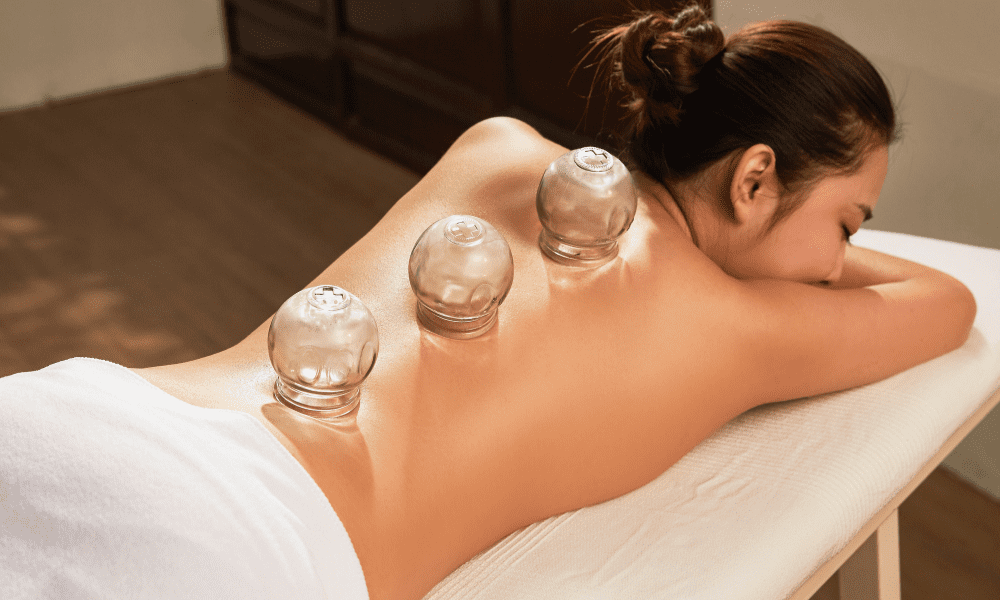
Acupuncture and cupping therapy are ancient healing practices rooted in traditional Chinese medicine, gaining widespread popularity in modern wellness communities. Acupuncture involves the insertion of fine needles into specific points on the body to stimulate energy flow or “Qi,” promoting balance and alleviating various ailments. Cupping therapy, on the other hand, employs plastic or glass cups placed on the skin to create suction, enhancing blood circulation and relieving muscle tension. Together, these therapies offer a holistic approach to health, addressing both physical and emotional well-being.
As interest in alternative medicine grows, many individuals are turning to acupuncture and cupping as complementary treatments alongside conventional medical practices. Research has indicated their effectiveness in managing pain, reducing stress, and improving overall quality of life. This article delves into the principles, techniques, and benefits of these therapies, shedding light on their role in contemporary health and wellness practices.
Understanding Acupuncture Techniques
Acupuncture is based on the concept of Qi, the vital life force that flows through pathways in the body known as meridians. Trained practitioners identify specific acupuncture points that correspond to various physical and emotional conditions. Fine needles are inserted at these points to enhance energy flow, which can promote healing, reduce pain, and alleviate stress. While the process may evoke a tiny pinch upon insertion, the overall experience is often described as deeply relaxing. For those looking to explore this therapy further, searching for acupuncture and cupping therapy near me can connect individuals with skilled practitioners in their area.

Benefits of Cupping Therapy
Cupping therapy, often used in conjunction with acupuncture, offers numerous benefits that align with modern wellness goals. By creating suction on the skin, cupping helps to increase blood flow, reduce inflammation, and enhance the body’s natural healing processes. Many athletes have adopted this technique to relieve muscle soreness and improve recovery, while others utilize it to alleviate stress and tension. The visibility of cup marks on the skin, often seen as badges of recovery, is a testament to the therapy’s impact, leaving many users feeling revitalized and balanced after sessions.
In conclusion, acupuncture and cupping therapy represent a harmonious blend of ancient wisdom and contemporary health practices, providing individuals with effective tools for nurturing their physical and emotional well-being. These therapies not only address specific health issues but also contribute to an overall sense of balance and vitality. As more people seek natural and holistic alternatives for wellness, the integration of acupuncture and cupping into their healthcare routines fosters a deeper connection to personal health, empowering them to take proactive steps toward maintaining a vibrant, pain-free life. Whether through relieving chronic pain or enhancing recovery, these techniques underscore the importance of a holistic approach in today’s fast-paced world, making them essential elements of modern wellness.



